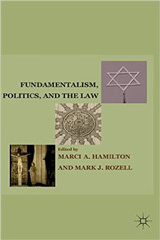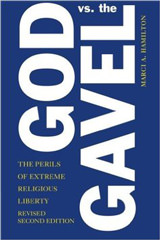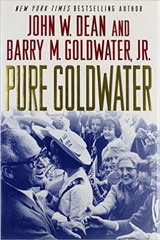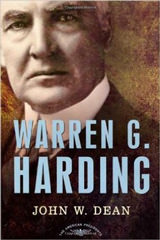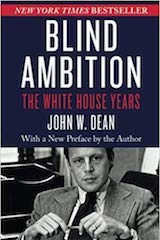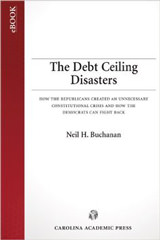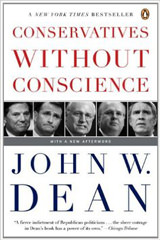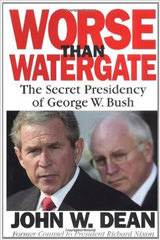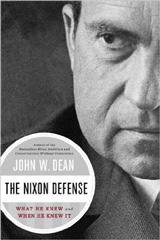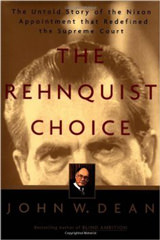Vikram David Amar, law professor and dean at Illinois Law, and Michael Schaps, a California civil litigation attorney, discuss Spokeo v. Robins, in which the U.S. Supreme Court will consider the nature of injury required for a plaintiff to avail herself of the federal court system. Specifically, Amar and Schaps describe the justices’ various perspectives on the issue and the possible origins and significance of these perspectives.
University of Illinois law professor and dean Vikram David Amar describes the problem of race-based peremptory challenges and argues that peremptory challenges be eliminated altogether on the grounds that we should not allow a person to be denied the right to serve on a jury for any reason that would not also suffice as a reason to deny that person the right to vote in an election.
Chapman University law professor Ronald Rotunda discusses instances of federal judges acting in manners inconsistent with their responsibilities.
Cornell University law professor Sherry Colb discusses a proposal by Adam Benforado, author of Unfair: The New Science of Criminal Justice, that one way to improve the criminal justice system would be to conduct and record trials outside of the jury’s presence, then to show edited versions of the recordings to juries after all of the evidence has been presented. Colb explains how this proposal could potentially improve the system and addresses some potential obstacles to its implementation.
Cardozo law professor Marci Hamilton comments on the latest revelations about Bill Cosby arising out of a deposition from a civil lawsuit from ten years ago. Hamilton explains why there are so many secrets about sexual assault, including short statutes of limitations and sealed admissions in civil cases, and calls for greater transparency and publicity.
Cornell University law professor Michael Dorf discusses the U.S. Supreme Court’s recent decision in Taylor v. Barkes, which illustrates the current breadth of the doctrine of qualified immunity.
In light of recent controversy in Indiana and Arkansas over RFRAs, Cornell University law professor Michael Dorf discusses the nuanced question whether courts should interpret a general RFRA to apply in private litigation if the statute is silent on the matter.
U.C. Davis law professor Vikram David Amar discusses the current controversy in Alabama over whether state court judges must issue same-sex marriage licenses pursuant to an order to a federal district judge sitting in that state.
Former counsel to the president John W. Dean reflects on a visit he had with the late California Justice Mildred Lillie, who, due to gender discrimination, was denied appointment on the U.S. Supreme Court.
Cornell University law professor Michael Dorf discusses a lawsuit filed in the U.S. Supreme Court by Nebraska and Oklahoma against Colorado, alleging that the latter state’s legalization of marijuana undermines their ability to maintain their own prohibitions of the substance.
Cardozo law professor Marci Hamilton reviews 2014 in terms of the developments (both forward and backward) in child protection issues. Hamilton concludes that while there are some good reasons to celebrate 2014, we should not slow down the fight for child protection in 2015.
U.C. Davis Law professor Vikram David Amar explains how the U.S. Supreme Court’s 2012 decision in National Federation of Independent Business v. Sebelius—upholding Obamacare as a proper exercise of Congress’s tax powers and striking down a significant expansion of Medicaid—weakens the case of subsequent challengers to Obamacare in King v. Burwell.
Cornell University law professor Michael Dorf comments on the scope and limits of prosecutorial discretion, as it relates both to President Obama’s executive action on immigration and the Michael Brown case.
Chapman University law professor Ronald Rotunda comments on the purportedly random assignment of judges to cases in federal courts. Rotunda points out that particularly in the Ninth Circuit, which has been singled out as having highly unlikely results of “random” assignment, the process of case assignment is unnecessarily opaque; Rotunda argues for greater transparency to ensure fairness and justice.
Cornell University law professor Sherry Colb discusses whether there is a meaningful distinction between using juror testimony to invalidate the substance of a jury’s verdict and using the testimony to call into question the composition of the jury. Colb notes that a case raising that issue is before the U.S. Supreme Court this Term.
Cornell University law professor Michael Dorf discusses some of the issues that will likely arise when the U.S. Supreme Court considers the statutory challenge to the Patient Protection and Affordable Care Act, or Obamacare, in the upcoming case King v. Burwell.
Cornell University law professor Michael Dorf analogizes the authority of the government to enact quarantine measures to its authority (as established under Supreme Court precedents) to detain unlawful enemy combatants. Dorf argues that while courts are likely to reject the most outrageous detention policies, they are unlikely to reject policies simply for being misguided or unwise.
Former counsel to the president John Dean favorably reviews Erwin Chemerinsky’s new book The Case Against the U.S. Supreme Court. Dean praises Chemerinsky for expressing thoughtful and well-founded criticism in a way that few others have done.
U.C. Davis School of Law professor Vikram David Amar describes a recent incursion by the U.S. Court of Appeals for the Ninth Circuit into California’s direct democracy system. Amar explains the U.S. Supreme Court precedents that led the Ninth Circuit to its conclusion, and he calls upon the Court to cut back or overrule its prior erroneous decisions to avoid future injuries to state direct democracy systems.
John Dean, former counsel to the president, comments on a recent case between two private parties in which the U.S. Attorney General intervened and sought dismissal, citing the “state-secrets privilege.” Dean explains the questionable history of this privilege and explains why blind adherence to it can be dangerous.






















